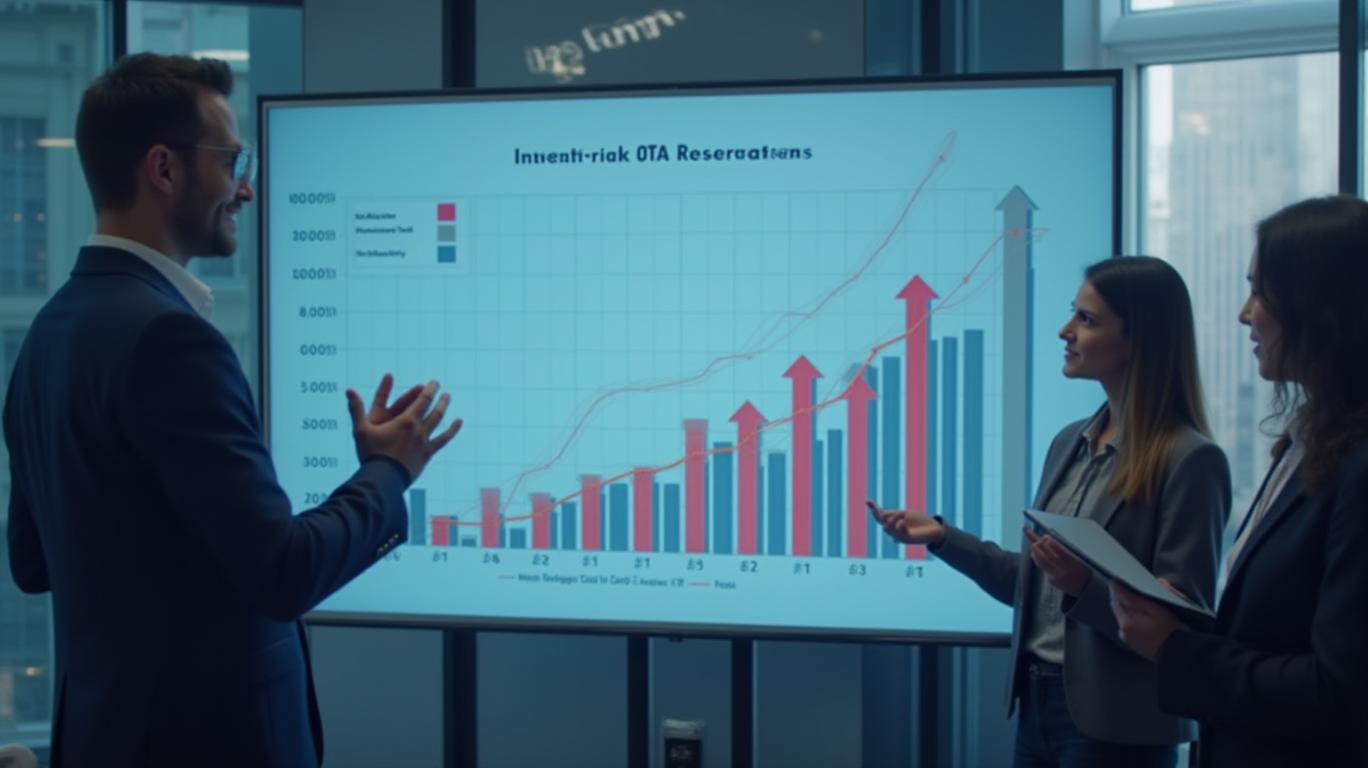Xenia Hotels & Resorts: Strong Q1 Performance Meets Cautious 2025 Outlook
Xenia Hotels & Resorts (NYSE:XEA) delivered a robust first quarter, with Adjusted Funds from Operations (FFO) per share rising 15.9% to $0.51 and revenue increasing 8% year-over-year to $288.9 million. However, management tempered optimism by revising its 2025 outlook downward due to macroeconomic uncertainties, signaling a cautious path forward. This juxtaposition of near-term strength and long-term prudence underscores the challenges facing the hospitality sector.
The Q1 Growth Drivers
Xenia’s Q1 results were fueled by a 6.3% increase in Same-Property RevPAR to $188.73, driven by a 3.6% rise in Average Daily Rate (ADR) to $272.41 and a 180-basis-point jump in occupancy to 69.3%. Revenue streams across all categories grew:
- Rooms revenue: $159.87 million (+4.0%)
- Food and Beverage: $104.70 million (+12.9%)
- Other revenue: $24.36 million (+12.9%)
The outperformance of food and beverage, which saw double-digit growth, highlights the demand for on-site amenities at luxury and upper-upscale properties, a segment where Xenia specializes. Notably, the completion of the Grand Hyatt Scottsdale Resort renovation added to this momentum.

Adjusted FFO and EBITDAre: Strong Operational Leverage
Adjusted EBITDAre (Earnings Before Interest, Taxes, Depreciation, and Amortization, excluding real estate) surged 11.8% to $72.9 million, while net income rose 82.6% to $15.59 million. This reflects not only top-line growth but also cost discipline, as the company absorbed $32.4 million in capital expenditures during the quarter—primarily for the Grand Hyatt renovation—without compromising margins.
The Revised 2025 Guidance: Prudence in Uncertain Times
Despite Q1’s success, Xenia lowered its full-year RevPAR growth guidance to a range of 2.5%–6.5% from earlier expectations, citing “heightened macroeconomic uncertainty.” The Adjusted FFO per share outlook was similarly narrowed to $1.50–$1.75, down from prior targets. This adjustment aligns with April’s slower RevPAR growth of 3.4%, suggesting a cooling demand environment.
Key strategic moves include deferring renovations at properties like Andaz Napa and The Ritz-Carlton, Denver, to preserve liquidity. Capital expenditures were also cut by $25 million to $75–85 million, reflecting a focus on financial resilience.
Financial Position: Liquidity and Leverage
Xenia’s balance sheet remains stable, with $113 million in cash and $500 million undrawn on its credit facility, totaling $613 million in liquidity. Debt stands at $1.4 billion, with a manageable weighted-average interest rate of 5.67%. The company’s liquidity buffer positions it to navigate potential headwinds, such as supply chain disruptions or a slowdown in discretionary spending.
Strategic Transactions and Dividend Growth
The first quarter included the $25 million acquisition of land at Hyatt Regency Santa Clara and the $111 million sale of Fairmont Dallas, demonstrating portfolio optimization. Additionally, Xenia raised its dividend by 17% to $0.14 per share, signaling confidence in cash flow generation despite the cautious outlook.
Conclusion: A Stock for the Cautiously Optimistic
Xenia’s Q1 results affirm its operational excellence, with Adjusted FFO growth outpacing revenue expansion—a positive sign of margin management. However, the revised 2025 guidance underscores risks tied to macroeconomic conditions and supply-side challenges.
Investors should weigh the following:
- Upside: A dividend yield of ~2.8% (based on recent stock price), strong liquidity ($613 million), and a portfolio skewed toward high-demand luxury assets.
- Downside: The lowered FFO guidance ($1.50–$1.75 vs. prior expectations) and deferred capital projects, which could limit long-term growth.
At current prices (~$15.50 as of May 2025), the stock trades at roughly 9x–10x the midpoint of 2025 FFO guidance. This valuation could be compelling if the company outperforms its conservative targets. However, with RevPAR growth moderating and external risks lingering, investors should proceed with caution.
Xenia’s blend of near-term resilience and long-term uncertainty makes it a stock for those willing to bet on its luxury-focused strategy enduring macroeconomic headwinds. The path forward hinges on whether demand holds up and whether the company can execute its cost-saving measures without sacrificing future profitability.










